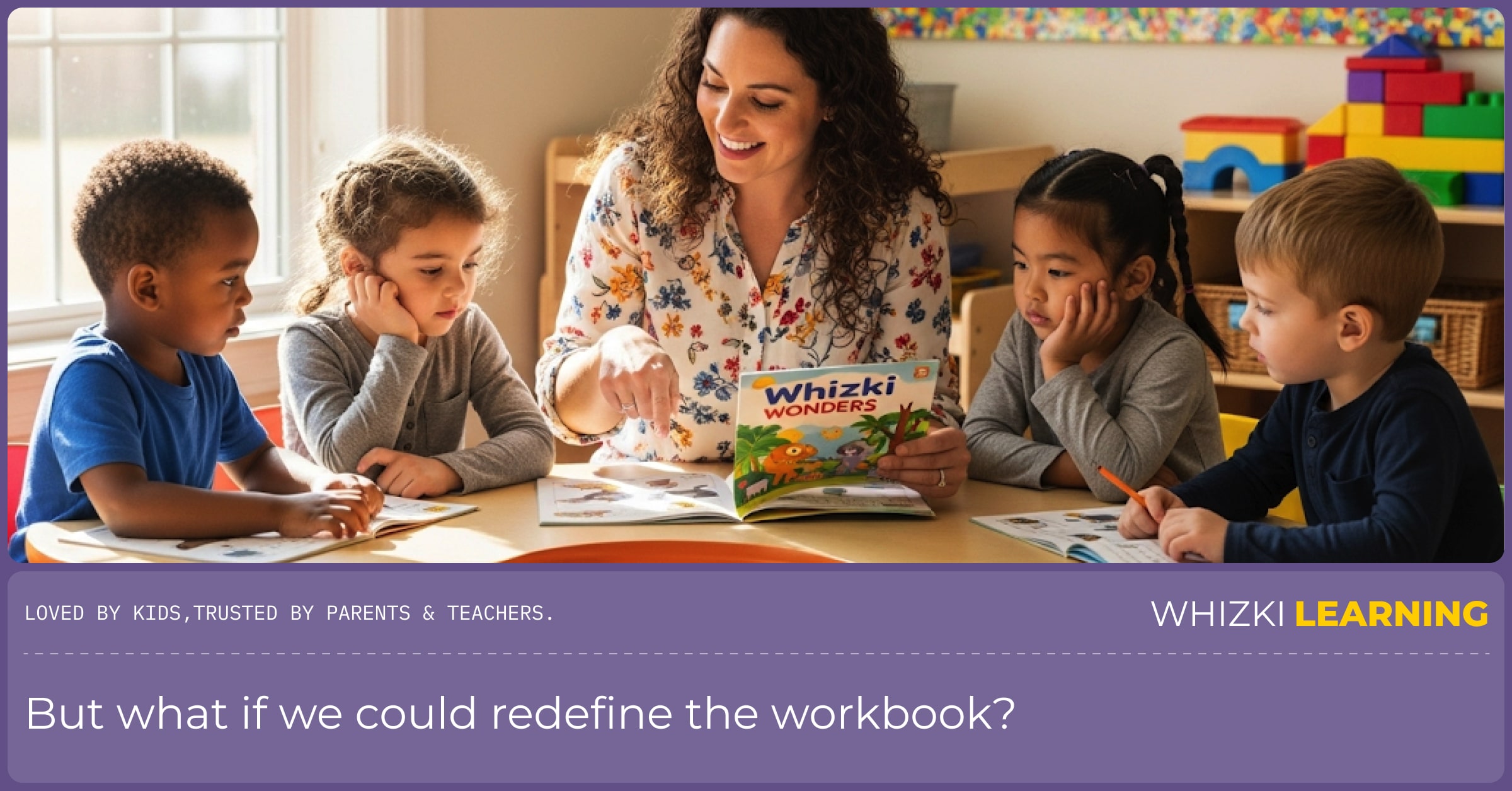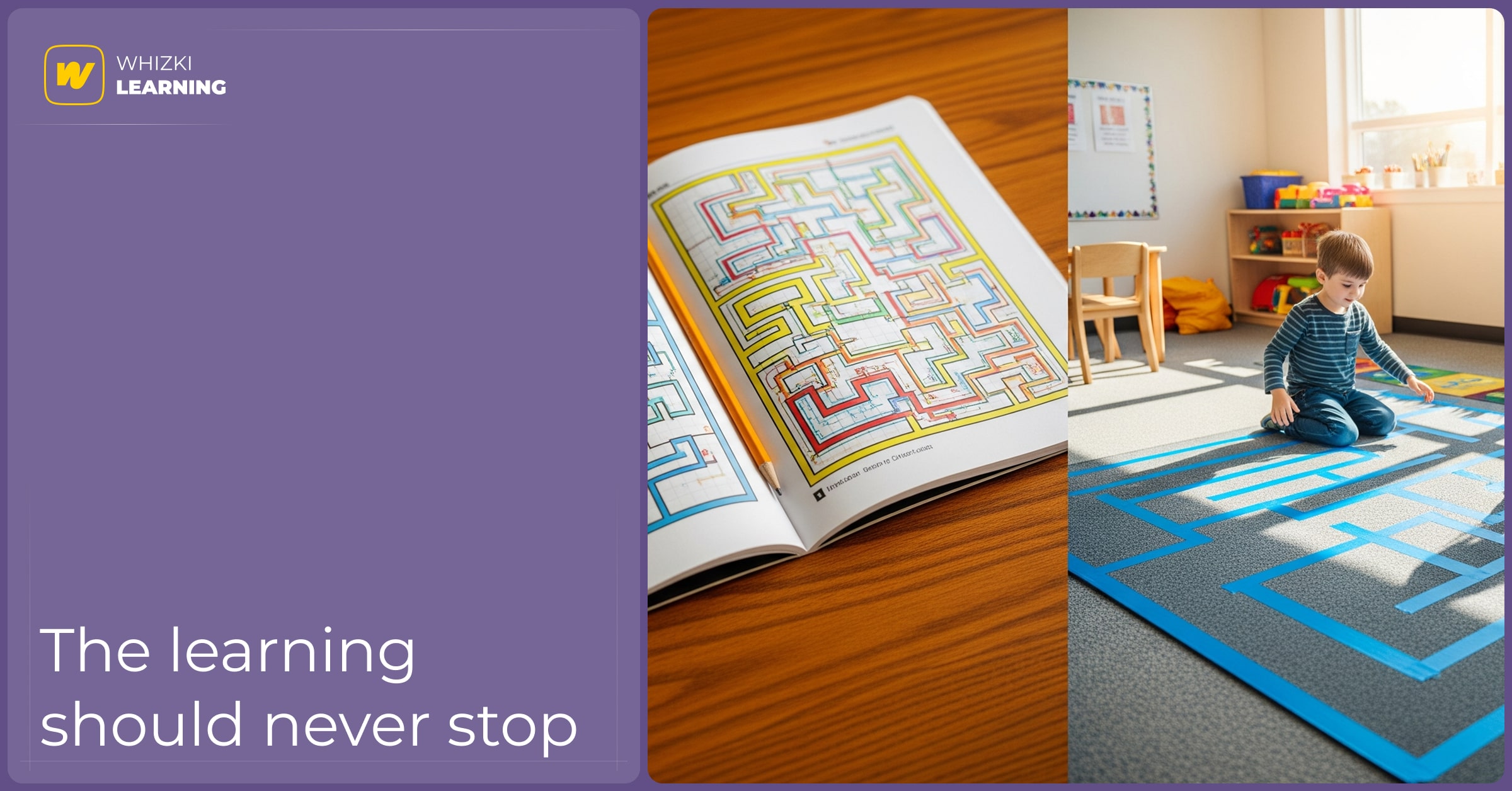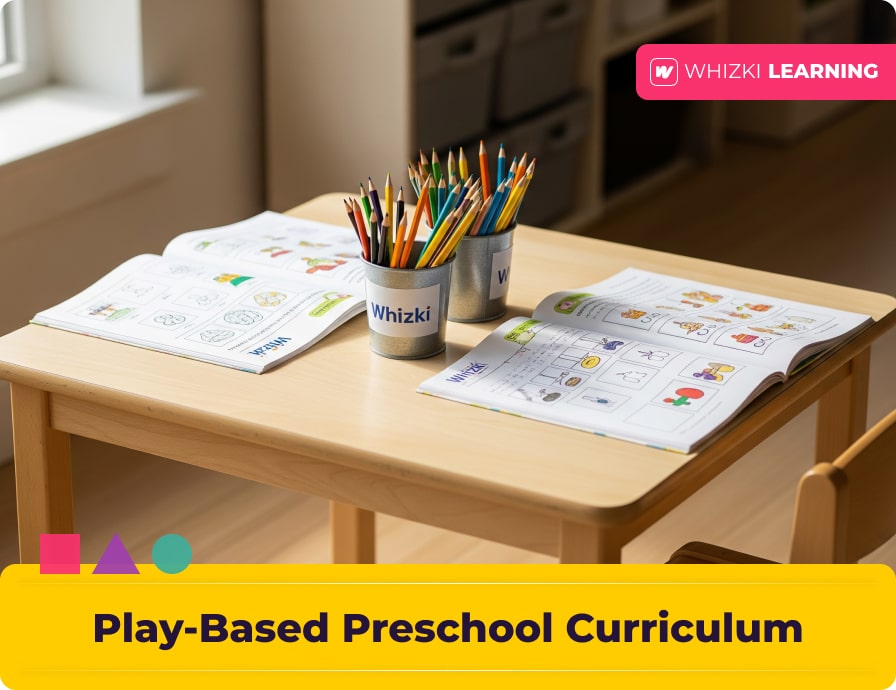In the world of early childhood education, we champion a powerful truth: play is the work of the child. Our classrooms are vibrant hubs of discovery, centered around the block corner, the sensory table, and the dramatic play area. So, let's be honest, for many of us, the word 'workbook' can feel a bit... outdated. It conjures images of silent, rigid rows of children filling out boring, black-and-white worksheets. It feels like the opposite of everything we believe in.
But what if we could redefine the workbook? What if, instead of a replacement for play, it could be a powerful tool to complement and deepen the learning that happens through play? What if a workbook could be a bridge from the chaotic, joyful discovery of the playdough table to the focused, structured skills a child needs for kindergarten and beyond?
A great teacher doesn't just provide the playground; they provide a map for it. A well-designed workbook can be part of that map.- Dr. Evelyn Reed, Curriculum Director
This guide is for the modern, play-based educator. We'll show you how to integrate high-quality, printed workbooks into your classroom in a way that honors your philosophy, engages your students, and makes your job as a teacher a little bit easier.
Not All Worksheets Are Created Equal
The first step is to discard the old idea of a 'worksheet.' The 'drill and kill' pages of our own childhoods have no place in a modern classroom. A high-quality, developmentally appropriate workbook, however, is a different tool entirely. It should be colorful and engaging. It should respect the child's intelligence with varied, thoughtful activities like puzzles and creative prompts. And most importantly, it should be a teacher resource for the preschool classroom, designed to build specific, foundational skills in a short, focused, and joyful way.

A How-To Guide: The 'Learning Center' Strategy
The easiest and most effective way to integrate workbooks into a play-based environment is through a 'learning center' or 'station rotation' model. Here’s how to set up a successful 'Quiet Focus Station' with Whizki workbooks.
A step-by-step guide for educators to set up and manage a successful, play-based learning station using printed workbooks.
Step 1: Designate a 'Quiet Focus' Zone
Find a small, quiet corner of your classroom. A small table with just 2-4 chairs is ideal. The goal is to minimize distractions. Equip the station with the necessary tools: sharpened pencils, crayons, and a simple tray to hold the workbooks. This creates an organized, inviting space.
Step 2: Introduce the Workbook as a 'Choice'
During circle time, introduce the new station just as you would any other. 'Friends, today I'm opening a new center. This is our 'Puzzle and Practice Place.' Here, you can choose to work in these special activity books.' By framing it as a choice, you give students agency. It's not an assignment; it's another fun option, just like the block corner.
Step 3: Run Small-Group, High-Impact Sessions
The 'Quiet Focus' station is the perfect place for you to conduct short, 15-minute, small-group instruction. While the rest of the class is engaged in free play, you can work with a handful of students on a specific skill. For example, you can use our First Learn to Trace and Write workbook with a group that needs extra help with fine motor skills.
Step 4: Differentiate with Ease
In any classroom, children are at different levels. A workbook station makes differentiation simple. At the same table, you can have one child working on a preschool workbook focusing on letter recognition, while another, more advanced student engages with a kindergarten workbook on early math concepts. This allows you to meet each child where they are.
Connecting the Page to the Playground
The learning should never stop at the edge of the page. A great workbook activity is a springboard for larger, hands-on, real-world projects. This is how you truly integrate structured practice with play.
- After a Tracing Page: Take the learning outside! Give the children sidewalk chalk and have them draw the same big, loopy lines and shapes from their handwriting practice pages on the pavement. This connects fine motor skills with gross motor movement.
- After a Math Page on Patterns: Go on a 'pattern hunt' around the classroom or outside. 'Look, the tiles on the floor have a pattern! Black, white, black, white. Let's find another one!'
- After a Social Studies Page on Community Helpers: Set up a 'Post Office' in your dramatic play area. Use what you've learned to write and deliver 'letters' to different areas of the classroom.

Your Partner in Purposeful Play
We understand the challenges and joys of the modern classroom. At Whizki Learning, we design our homeschool curriculum workbooks and teacher resources to be the perfect partner for the play-based educator. Our activities are engaging, aligned with Common Core standards, and always screen-free, allowing for the deep, focused practice that complements a dynamic, play-filled day. We handle the high-quality, ready-to-go materials so you can focus on what you do best: teaching.






